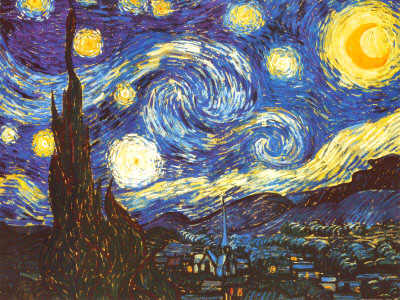An OP-Ed in today’s Sunday Review section of the NY Times, by Sylvia Nasar, Keynes: The Sunny Economist missed the real source of Keynes ability to see silver linings where most others saw failure. Keynes faced economic failures having studied how nature uses the end of one thing to begin another.
He saw sunshine by seeing through the darkness,
not by denying it.
Sylvia,
It’s fun to play up myths, but yours would be spoiled by the reality of a strange intellect like J M Keynes. In order to see the “sunny side” of things Keynes unabashedly faced the deepest darkness behind what ailed the economy. He smashed or poked holes in the darkness he saw, as a way to find the light, rather than by clinging blindly to some faith in optimism, as you suggest, a kind of sunny silliness.

You have not read Chapter 16 of The General Theory. It’s quite obvious. You’re in good company, of course, as virtually no one has. In Chapter 16 Keynes steps right into and through the deepest darkness, the end of the road for his own growth theory. Of course, there is also an extremely sunny side too, but if you don’t face the “darkness” of the natural facts at hand, you won’t see it.
Chapter 16 is the concluding chapter of his economic theory. It’s on what a market economy must to do to survive and thrive, at such time when further growth becomes unprofitable. No… he did NOT say to recommend throwing good money after bad, as environmental constraints made expanding investment persistently self-defeating and unprofitable.
That’s what your mythical Keynes would supposedly have recommended recommend, just a merry debt spiral, clinging to a foolish blind faith in multiplying consumption as that comes to a natural end. What he actually said it that’s the time to start spending your profits, on things of higher value than investing to put escalating demands on your economy and the earth.
What he actually observed is at the end of growth a market economy needs to make good on the bounty of wealth that growth created. Just like a seedling using up its seed, a growth economy at that point needs to use its seed wealth to put down roots. That’s a switch in how it uses profits to create profits, to creating earnings by spending earnings rather than compounding them. Adding profits to savings naturally becomes a suicidal accumulation of unproductive investment and debt.
That’s the dark side he saw right clear through. Just read Chapter 16. If you need help, read my discussion, write me or call me. We’re not watching a movie, but physically running into the natural change at our limits of growth.
It’s truly tragic that the real Keynes is being overshadowed by the deeply false (popular) myth about him. Promoting it you do a great disservice to us all.
mn
